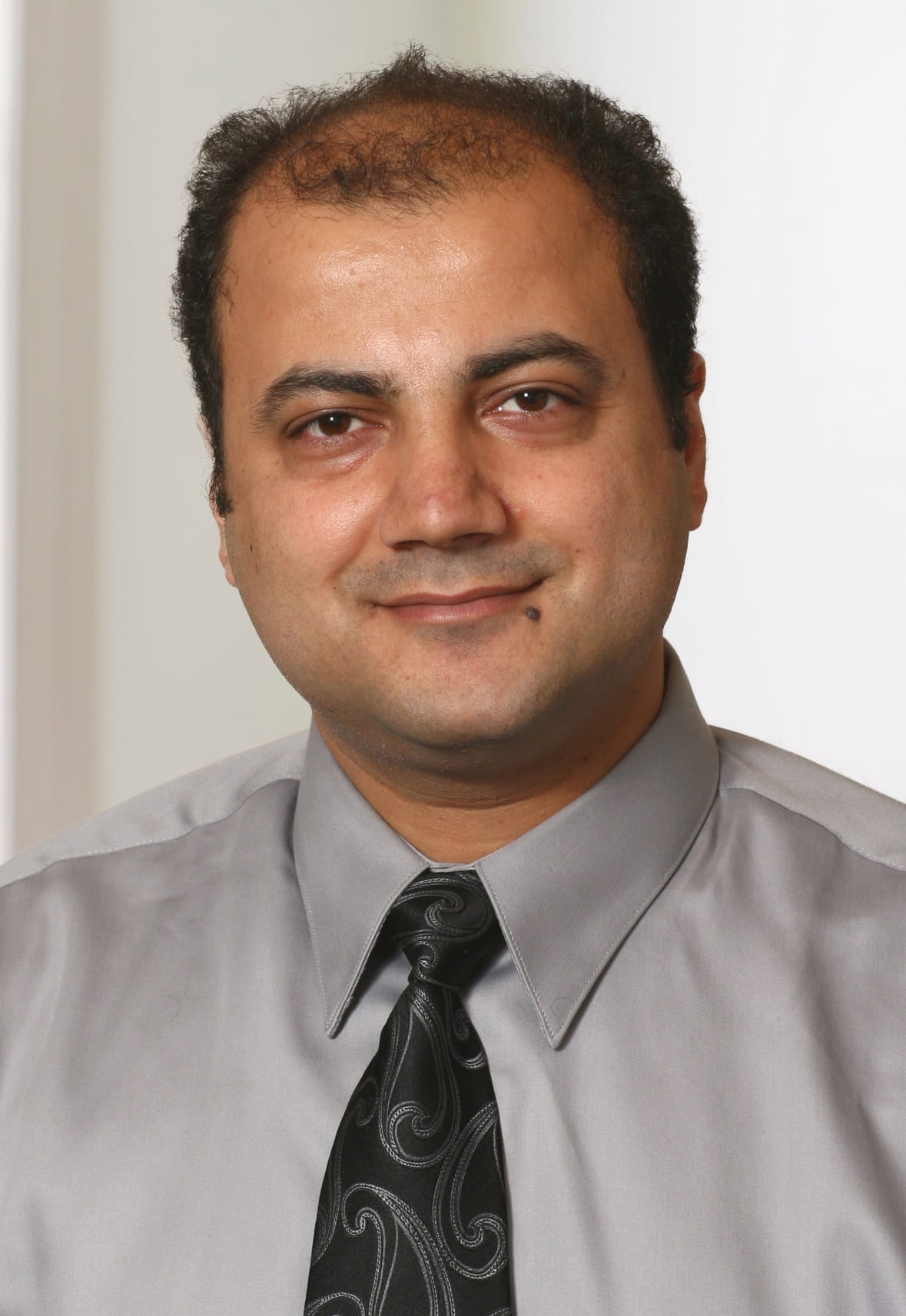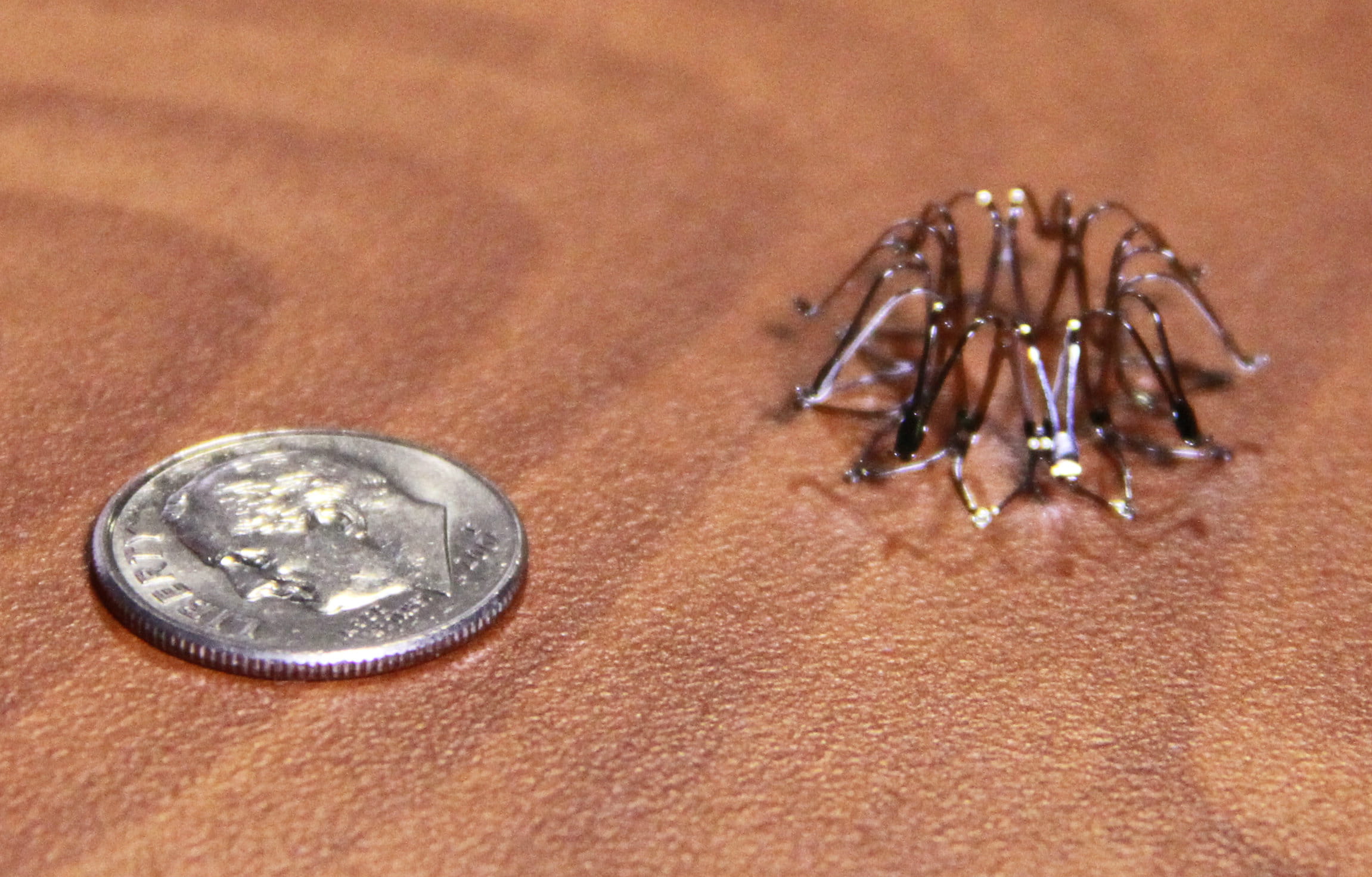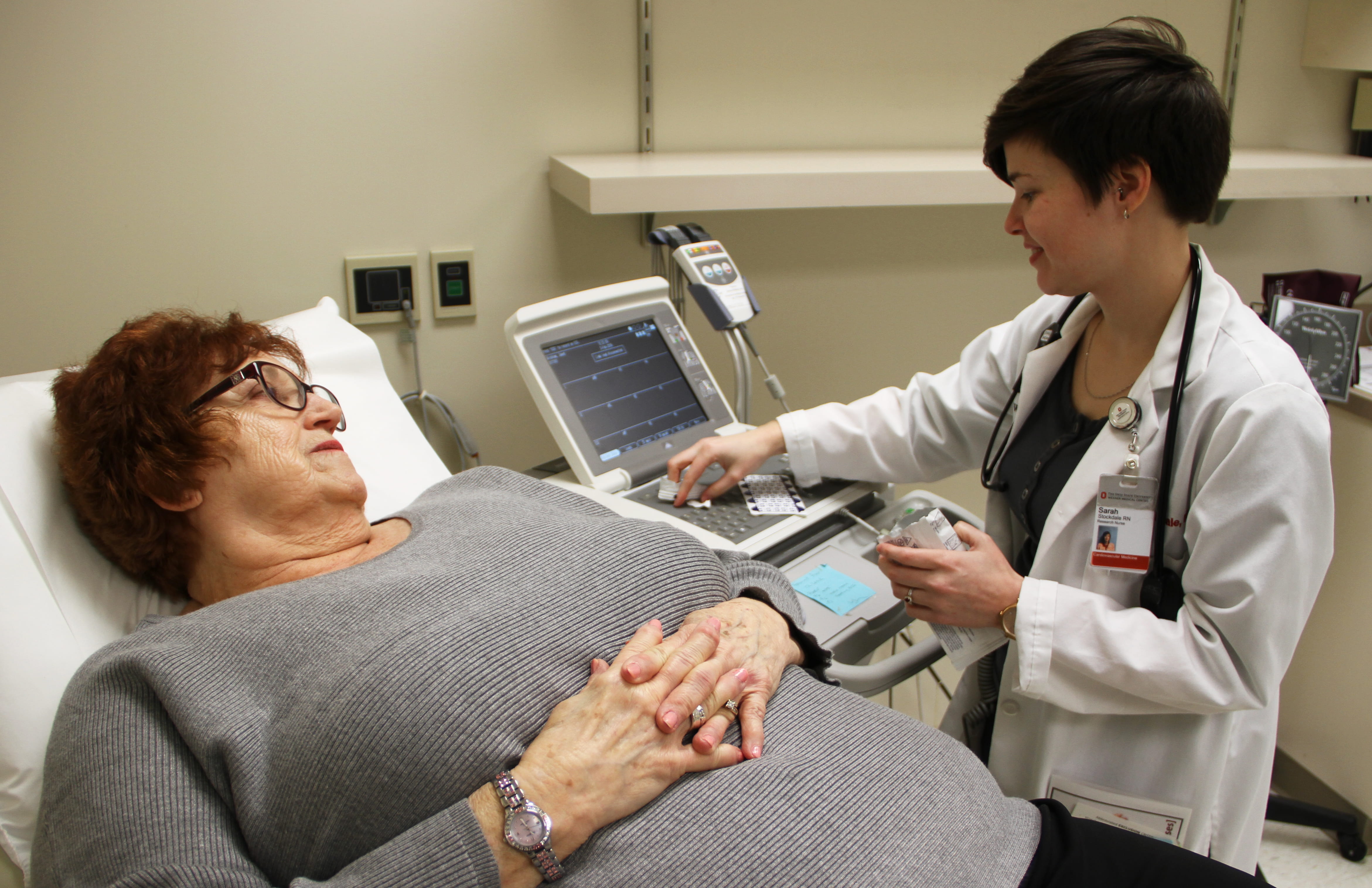February 25, 2016
 COLUMBUS, Ohio – For the first time in the U.S., a clinical trial is underway that’s evaluating a device designed to treat diastolic heart failure. The first patient enrolled in the randomized, blinded study is being treated at The Ohio State University Wexner Medical Center.
COLUMBUS, Ohio – For the first time in the U.S., a clinical trial is underway that’s evaluating a device designed to treat diastolic heart failure. The first patient enrolled in the randomized, blinded study is being treated at The Ohio State University Wexner Medical Center.Diastolic heart failure (DHF) occurs when the heart muscle becomes stiff and doesn’t relax enough to allow blood to flow from the lungs into the heart. This causes blood to back up in the lower left chamber, then the upper left chamber and into the lungs, causing shortness of breath.
“Over the last few decades, we’ve tried many therapies that we’ve used with systolic heart failure – a condition when the heart doesn’t contract strongly enough to push blood out to the body. None of these therapeutic options have worked for DHF, thus we can only try to manage the symptoms of DHF with diuretics,” said Dr. Rami Kahwash, a cardiologist and the study investigator at The Ohio State University Richard M. Ross Heart Hospital.
 Kahwash and Ohio State cardiologist Dr. Scott Lilly are part of a multi-center study that’s evaluating a dime-size implant intended to relieve the high pressure created by blood backing up from the heart into the lungs. During a heart catheterization, doctors create a small path between the left and right upper chambers of the heart. They insert the tiny, inter-atrial shunt device to keep the path open to divert some of the blood from the high pressure left atrial chamber to the low pressure right atrial chamber. This could potentially lower the pressure in the left upper chamber, decrease the pressure in the lungs and thereby improve the symptoms of heart failure.
Kahwash and Ohio State cardiologist Dr. Scott Lilly are part of a multi-center study that’s evaluating a dime-size implant intended to relieve the high pressure created by blood backing up from the heart into the lungs. During a heart catheterization, doctors create a small path between the left and right upper chambers of the heart. They insert the tiny, inter-atrial shunt device to keep the path open to divert some of the blood from the high pressure left atrial chamber to the low pressure right atrial chamber. This could potentially lower the pressure in the left upper chamber, decrease the pressure in the lungs and thereby improve the symptoms of heart failure.“It’s just like when you have a traffic jam. Instead of backing up all the way back to the lungs, we’re creating a detour that’s taking the blood around another route and relieving the pressure,” Kahwash said.
 That’s exactly what Janet Wickham of Senacaville, Ohio, was hoping for when she volunteered for the trial. Neither she nor the doctors will know whether she got the device until the study is complete. The 69-year-old tries to stay active, but she says having DHF means sometimes it’s hard to leave her house.
That’s exactly what Janet Wickham of Senacaville, Ohio, was hoping for when she volunteered for the trial. Neither she nor the doctors will know whether she got the device until the study is complete. The 69-year-old tries to stay active, but she says having DHF means sometimes it’s hard to leave her house.“You can’t breathe, you can’t move, you just can’t function. I want to feel better, so if there’s something new I want to try it. I’m just taking a chance,” Wickham said.
Kahwash said finding new treatment options for DHF is crucial because it’s a growing public health problem. Risk factors include high blood pressure, diabetes, obesity and age. Kahwash said it’s estimated that within the next 5 years, DHF will account for more than half of all heart failure cases, and be responsible for more hospital admissions than systolic heart failure.
The trans-catheter interatrial shunt device is made by Corvia Medical Inc., which is funding the randomized trial. In all, 40 DHF patients will be randomized at up to 28 sites around the world. Those with heart failure can see if they may be potential candidates for the trial by going to: http://treatmyheartfailure.com/
###
Media Contact: Marti Leitch, Wexner Medical Center Media Relations, 614-293-3737, Marti.Leitch@osumc.edu

